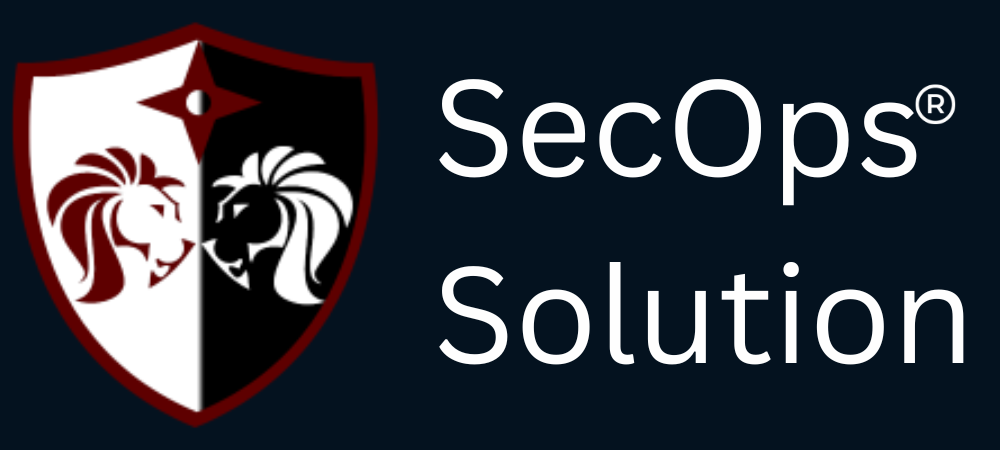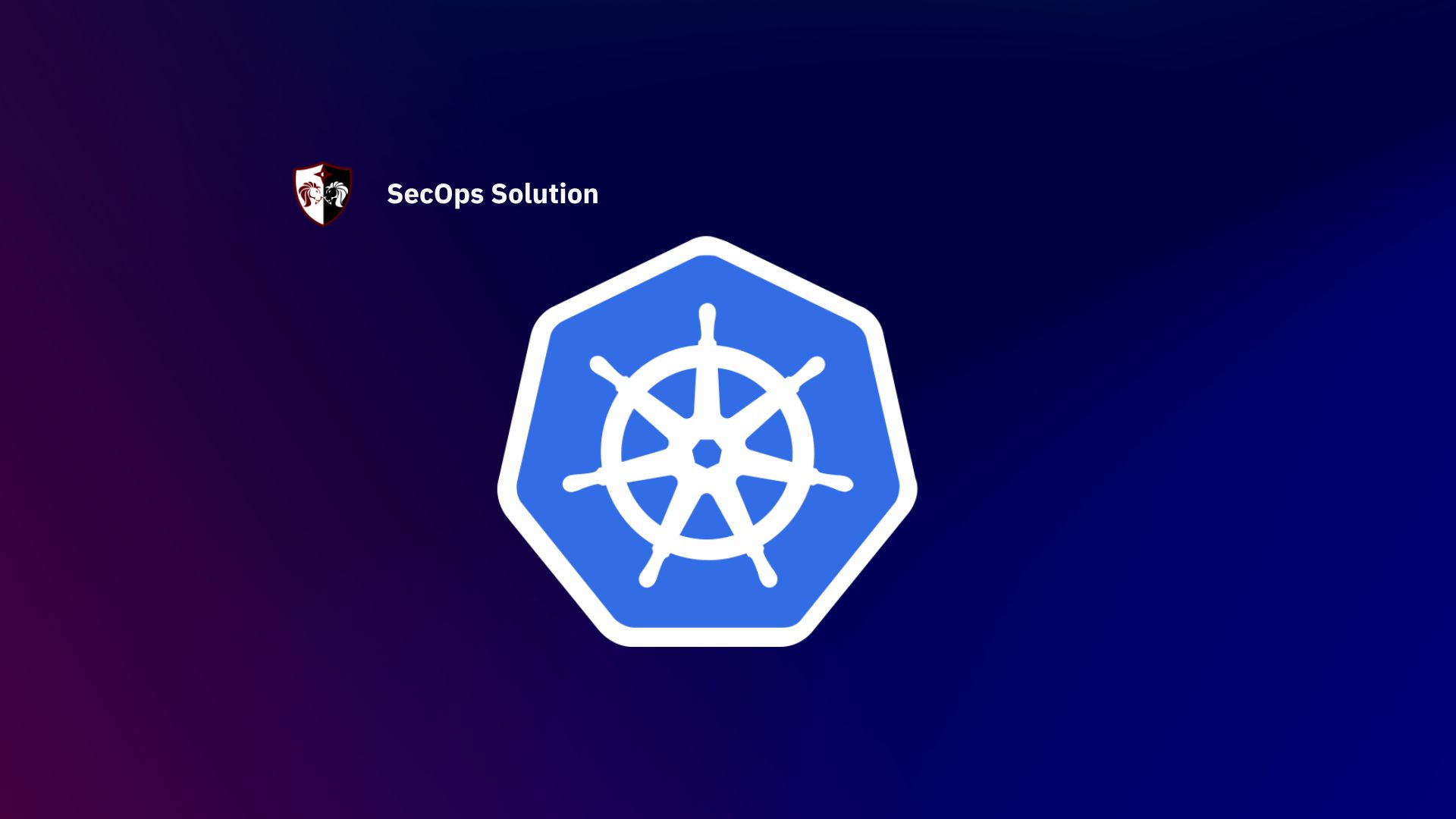
Agentless security for your infrastructure and applications - to build faster, more securely and in a fraction of the operational cost of other solutions

hello@secopsolution.com

In today’s cloud-native environments, Kubernetes has become the backbone of container orchestration. With its ability to manage workloads, automate deployment, and scale applications, Kubernetes has revolutionized how modern infrastructure operates. However, maintaining security and compliance in such dynamic systems is not straightforward—particularly when it comes to patch management.
This blog dives into the challenges of patch management in Kubernetes and outlines best practices to ensure a secure, resilient cluster. We’ll also explore how SecOps Solution can help simplify and automate this process.
Patch management is critical for mitigating vulnerabilities, ensuring compliance, and improving system stability. However, Kubernetes presents a unique patching landscape because it is composed of many layers:
Each of these components can introduce vulnerabilities if not regularly patched.
Containers are short-lived and frequently redeployed. This means vulnerabilities can propagate rapidly if outdated base images or unpatched dependencies are reused.
Kubernetes clusters are distributed systems. This makes identifying and patching all the components—from the operating system to microservices—complex and error-prone.
It can be difficult to maintain visibility across all layers: OS packages, container images, and cluster components. This fragmentation hinders timely vulnerability identification.
Applications often use third-party packages and libraries. These dependencies can have their own security flaws and need constant monitoring and patching.
Applying patches typically requires node reboots or application restarts. Without a rolling update strategy or high availability design, patching can lead to service outages.
For regulated industries, patching is not just a security task—it's a compliance requirement. Kubernetes makes tracking and reporting difficult without proper tools.
Instead of patching live containers, rebuild container images with the latest base images and dependencies, then redeploy them. This ensures consistency and reduces risk.
Use vulnerability scanning tools to check container images for known CVEs. Tools like Trivy, Clair, and Anchore can be integrated into CI/CD pipelines.
Use tools like kured (Kubernetes Reboot Daemon) or automated patch management systems that can apply OS-level patches and gracefully cordon/drain/reboot nodes.
Stay updated with Kubernetes releases and security bulletins. Upgrade Kubernetes components (API server, kubelet, etcd) regularly and test updates in staging clusters before production.
Use Kubernetes Deployments with rolling update strategies to minimize downtime during patch deployments.
Integrate security dashboards and alerting systems (like Prometheus, Grafana, or ELK stack) to get real-time insights into patching and vulnerabilities.
Document a formal policy for patch identification, prioritization, testing, and deployment. Define SLAs for critical, high, and medium vulnerabilities.
SecOps Solution offers a comprehensive, agentless patch management platform that integrates seamlessly with cloud-native environments like Kubernetes. Here’s how it can help:
SecOps continuously scans container images, node OSes, and Kubernetes components for known vulnerabilities using threat intelligence and CVE databases.
The platform automates patch deployment through CI/CD integrations, eliminating the need for manual intervention. It can rebuild containers and trigger rolling updates automatically.
SecOps’s agentless approach minimizes resource consumption and simplifies deployment across distributed Kubernetes clusters—especially helpful in dynamic cloud environments.
Whether you’re under PCI DSS, HIPAA, or GDPR, SecOps provides detailed compliance reports, ensuring that patching efforts are documented and auditable.
Instead of flooding you with every minor vulnerability, SecOps helps prioritize patches based on exploitability, risk impact, and asset criticality.
Patch management in Kubernetes is not just about applying updates—it's about maintaining the security, stability, and compliance of your entire infrastructure. With increasing threats targeting containers and Kubernetes, a proactive patch management strategy is essential.
By combining best practices like immutable infrastructure, automated updates, and regular scanning with tools like SecOps Solution, organizations can streamline their patching processes without disrupting operations.
SecOps Solution is a Full-stack Patch and Vulnerability Management Platform that helps organizations identify, prioritize, and remediate security vulnerabilities and misconfigurations in seconds.
To learn more, get in touch.